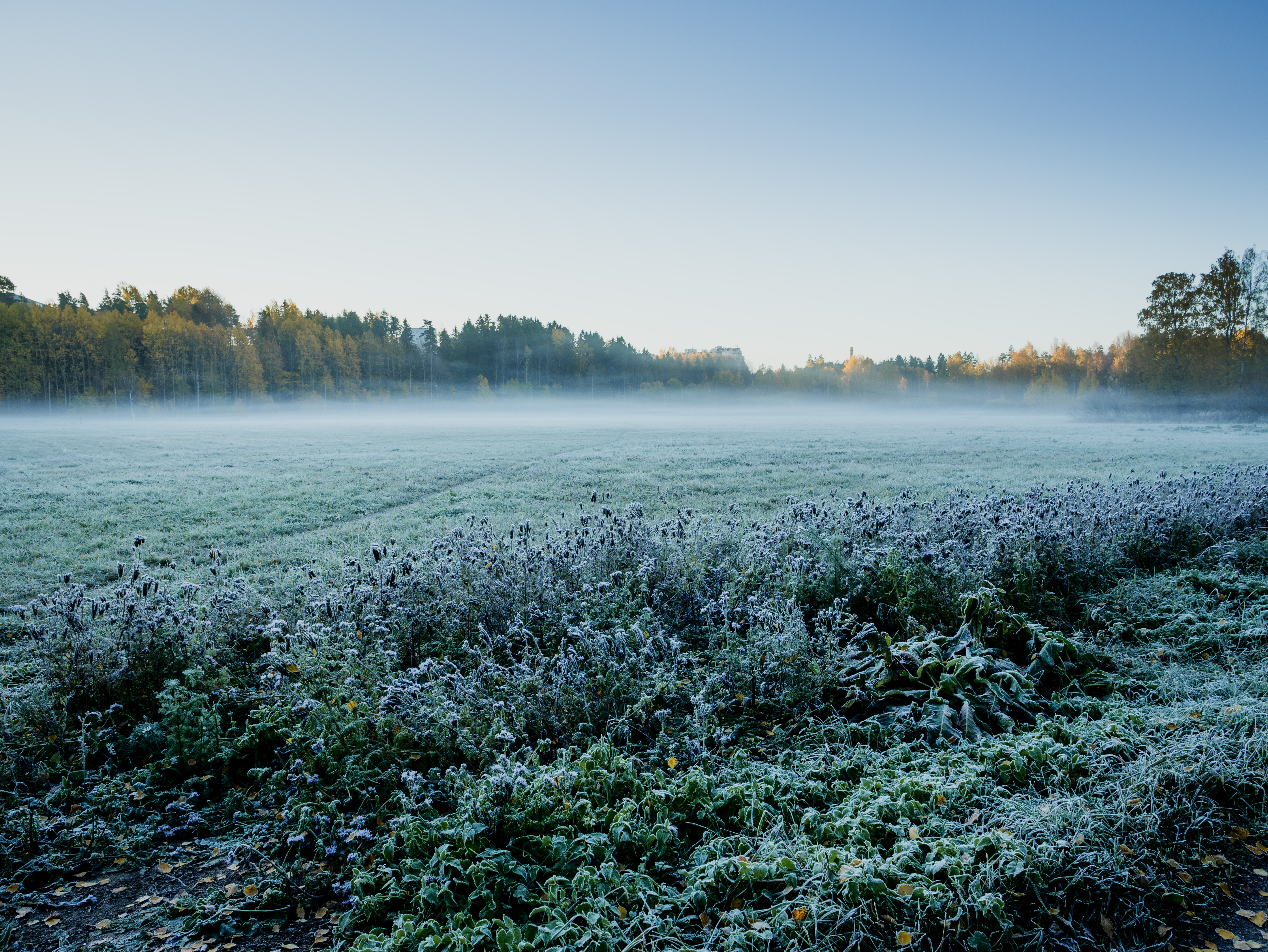What's New in PhotoWeather: Mid-November 2025
Clear-sky ensemble intelligence, template tuning for rules, more trend operators, a redesigned Opportunity page, aurora upgrades, Milky Way visibility fields, and smarter event change alerts.

What’s New in PhotoWeather This Week
This week’s release focuses on clarity—both literally (ensemble clear-sky probability, Milky Way visibility) and figuratively (more control when building rules, a sharper Opportunity page, and alerts when events drift off target). Here’s what shipped.
1. Ensemble Clear-Sky Probability & Spread (All Users)
We now ingest NOAA’s GEFS ensemble cloud-coverage members to expose two new fields for rules, alerts, and charts:
- Clear Sky Probability (Ensemble) – Percentage of ensemble members that show <10% total cloud cover.
- Cloud Cover Uncertainty (Ensemble) – Disagreement between members, so you instantly know whether to trust that “clear” forecast.
Use them to prioritize the most reliable windows. For example, “Clear Sky Probability (Ensemble) ≥ 80 AND Cloud Cover Uncertainty (Ensemble) ≤ 15” filters for both high-likelihood and high-confidence skies.
2. Template Tuning During Rule Creation (All Users)
Templates are now editable in-line. When you create a rule from any template, you can tweak sensitivity directly in the creation flow.
3. Advanced Trend Operators (Pro)
Trend rules graduated from a single rolling sum to a full analysis toolkit:
- Rolling Average, Min, Max
- Lowest/Highest In Period
- Trend & Absolute Change
- Standard Deviation & Range
Combine these to build nuanced logic like:
lowest_in_period("Wind Speed", 6h) ≤ 10AND trend("Total Cloud Coverage", 3h) ≤ -10Now you can detect “calmest wind in the last 6 hours,” “rapid temperature drop,” or “steadily increasing cloud cover” instead of checking single snapshots.
4. Opportunity Page Redesign (All Users)
The Opportunity page now highlights what matters most:
- Upcoming matches overview – clearer cards with timing, rule context, and confidence.
- Historical browsing – scroll back through past matches per rule to see what worked.
- Power filters – filter by rule, location, or both to zero in fast.
5. Aurora Quality Powered by NOAA OVATION (Pro)
Aurora Quality rules now draw from NOAA’s OVATION model in addition to our existing inputs. OVATION blends real-time solar wind and IMF data to project auroral oval position/intensity 30–90 minutes ahead.
Why this matters:
- More responsive alerts when geomagnetic conditions spike.
- Better accuracy near the oval edges where timing is tight.
- Improved strength estimates when storms surge or fade quickly.
Your existing aurora rules automatically benefit—no action required.
6. Milky Way Altitude & Visibility Fields (All Users)
Planning a core session? Two new fields make it effortless:
- Milky Way Altitude – Solar-style altitude for the galactic core at your location/time.
- Milky Way Visibility – Whether the Milky Way is high enough to be visible, divided into core or band options.
Combine them with cloud and darkness checks, e.g. “Milky Way Visibility AND Total Cloud Coverage ≤ 5 AND Astronomical Night” for razor-focused alerts.
7. Event Change Alerts (All Users)
You’ll now get a notification when an event that’s about to start—or is already underway—no longer matches its rule because the forecast shifted.
- Re-checks active windows against the latest forecast.
- Alerts you if the window degrades so you can cancel or pivot earlier.
- Works for both user-created and template-based events.
That’s the week! Dive into these upgrades, and let us know what you build—especially the ensemble-based clear-sky rules and Milky Way automations.
